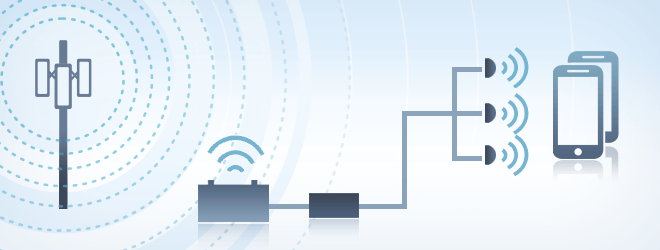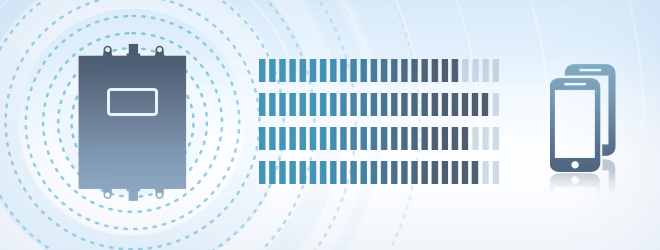In times of emergency firefighters, police, emergency medical services (EMS), and other disaster response agencies need reliable two-way communication to respond effectively.
With the growing number of natural and man-made disasters threatening public safety everyday, newly-formed building code prerequisites in different cities and counties now require NFPA 72 (National Fire Protection Agency) or ICC (International Code Council) codes for public safety coverage for new buildings or major renovations to existing ones.
Contact Us













